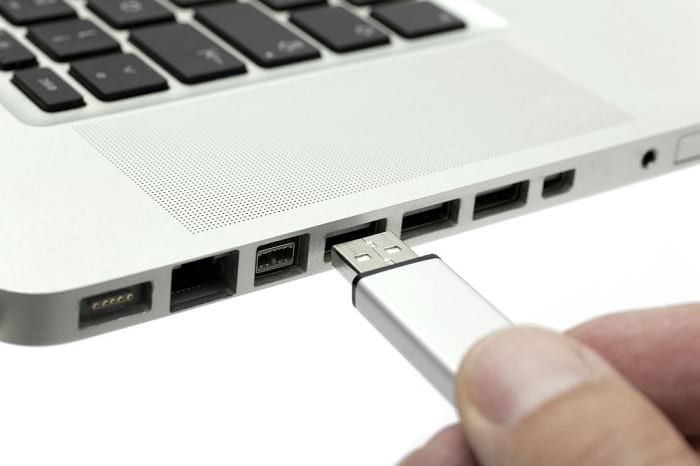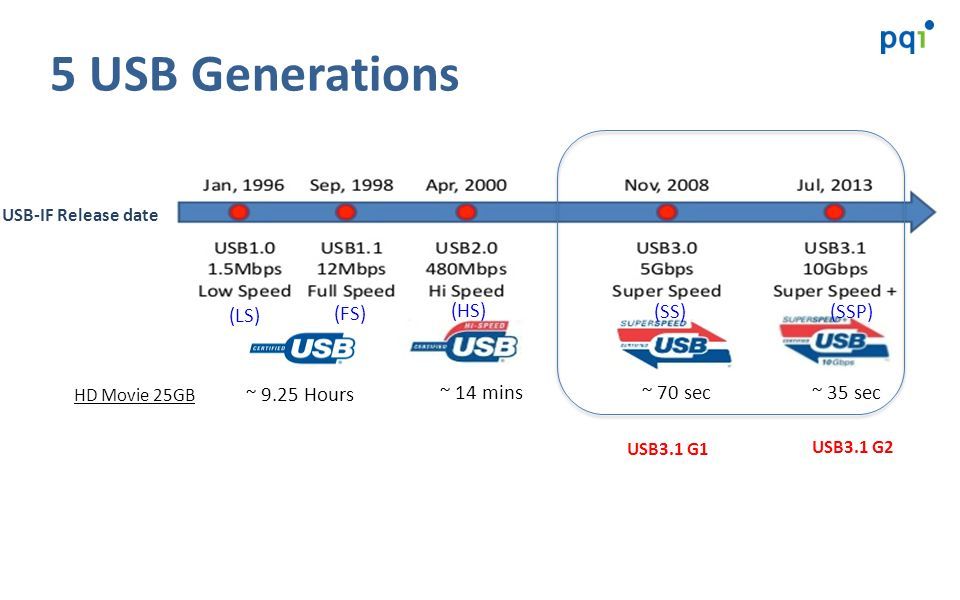How Has Usb And Hard Drives Made Life Easier?
Mar 29, 2019 • 8 views
Do you remember the time when you had take a lot of books to school in bag for the whole 8 hrs of it? I remember. Every period you needed the text book, a notebook and a homework copy with assignments. This was so bulky that those school bags use to wear out themselves in a year. But, now with the advancement in the educational system with devices like tablets and portable laptops, life has become way more easier in the sense of carrying books and guides.

Hard drives are basically a storage section available for the user to transfer or carry data from one place to other. USB (universal serial bus) is the industrial standard to establish specification of cables and protocols of connections. Its the ports which were made for the interaction of peripherals like mouse, keyboard and printer with the main device. The first integrated circuit USB was made in the year 1995 with AJAY BHATT and his group at Intel. There have being developments in the types of USB ports those were available . The data rate, the speed of transmission and the amount of data that could be transferred now is almost more than 100 time the initial generations. There are three main generations of usb i.e. USB 1.x, USB 2.0, USB 3.x and the next generation that is said to start is in the year 2019 called the USB4.
USB 1.x
It was released in the year 1996. It ha data rate from 1.5 Mbits/sec – 12 Mbits/sec. It did not allow extension cables or pass through monitors due to timing and power limitations. Then later USB 1.1 was released in august 1998.
USB 2.0
It was released in April 2000 with higher signalling speed of 480Mbits/sec named high speed USB.
USB 3.x
USB 3.0 was released on 12 November 2008 with the addition of super transfering mode with compatible plugs and cables. The super speed bus provides with a signalling speed of 5.0 Gbits/sec with three different transfer modes.
USB4
The impending release of USB4 specification was announced by USB Promoters group in March 2019.The USB4 architecture is based on the Thunderbolt 3 protocol specification. It supports 40 Gbit/s speed and is compatible with USB 3.2, USB 2.0 and Thunderbolt 3.The architecture defines a method to share a single high-speed link with multiple end device types dynamically that best serves the transfer of data by type and application.

Usb devices have different functions depending upon the intent of its purpose. There are five main device classes that are USB mass storage, Media transfer protocol, Human interface devices, Device firmware upgrade and Audio streaming.

While USB is the most widely used interconnecting device over the computer, there are other ways too by which transfer or connection can be maintained with the device. So, some of its potencial competitors are FIREWIRE, Ethernet, MIDI (music instrument digital interface), eSATA/eSATAp and Thunderbolt.
Thus the speed with which we acquire data is not just processing but also the better interconnections of these usb ports with each other. All working out together makes our job easier and quick to execute in real time.
